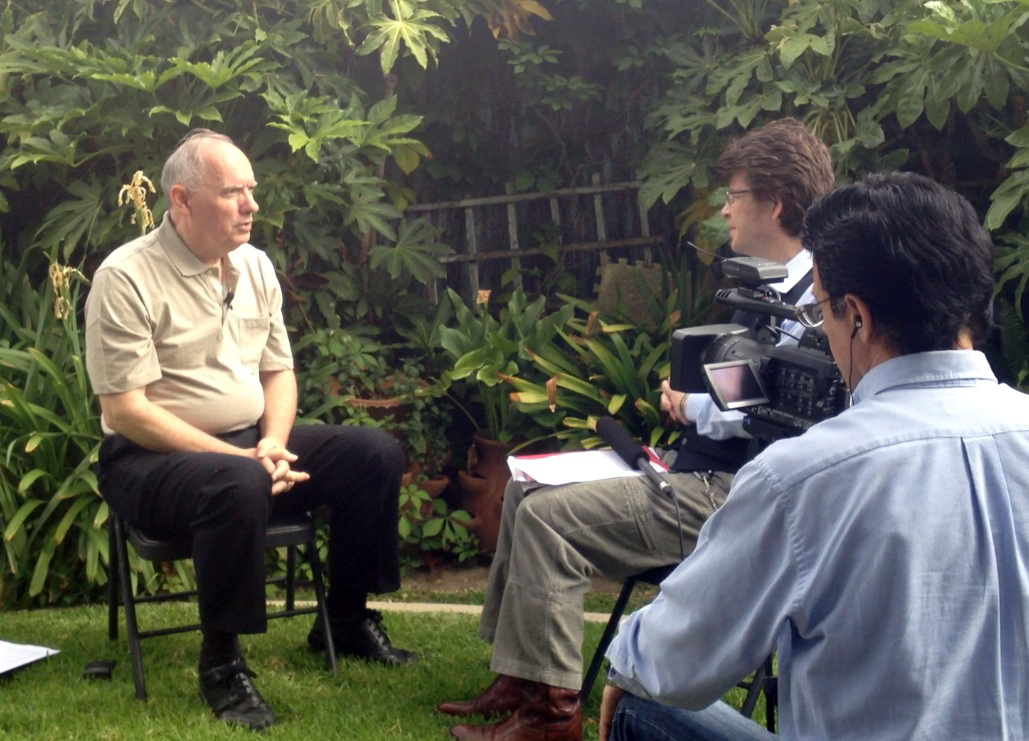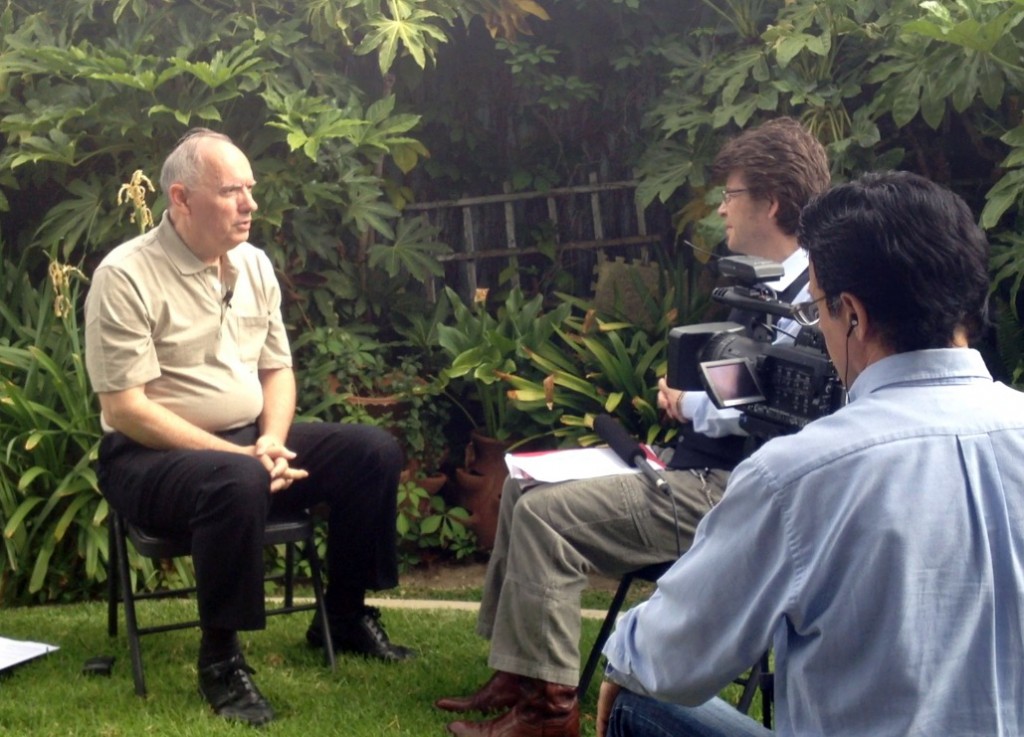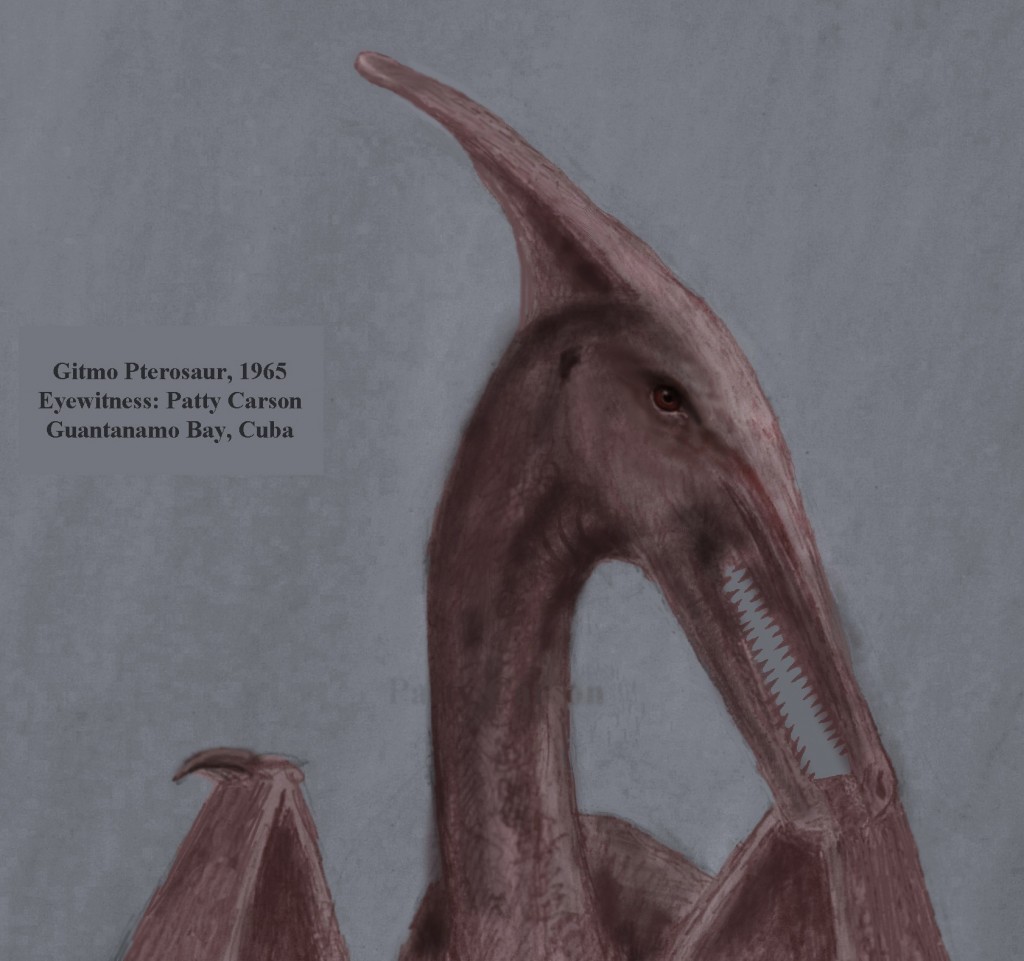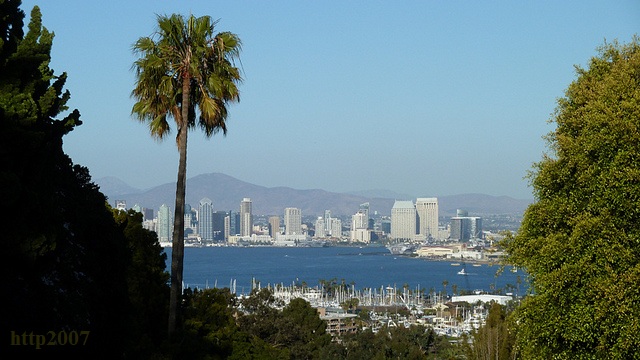I’ve recently been searching online for old newspaper accounts of apparent living pterosaurs, starting with California papers. Why bother with old newspaper stories, from an era in which some stories were fabrications? That deserves a detailed explanation.
The general quality of journalism in the nineteenth century, in particular in the United States, was far below what we now consider normal in standard newspapers. Today, few reporters or editors of major U.S. papers would even dream of playing a hoax in a newspaper article.
Hoaxes and comical headlines were common, however, in the nineteenth century, but they were still greatly outnumbered by articles based on actual events, actual news. We need not assume that any old newspaper article about a sighting of a living pterosaur must be purely fictional. We need to dig deeper.
Let’s consider an article in the August 5, 1891, issue of the Los Angeles Herald, an article with five levels of headline, unheard of in today’s newspapers:
PTERODACTYLS.
Sport Gunning for Dragons Near Fresno.
Monstrosities Which Are Half Alligators, Half Birds.
The Wild, Weird Story of a Fresno Newspaper Man.
Two Screaming Dragons Snap Their Jaws and Show Their Teeth—Six Feet Long and Look Like Frogs
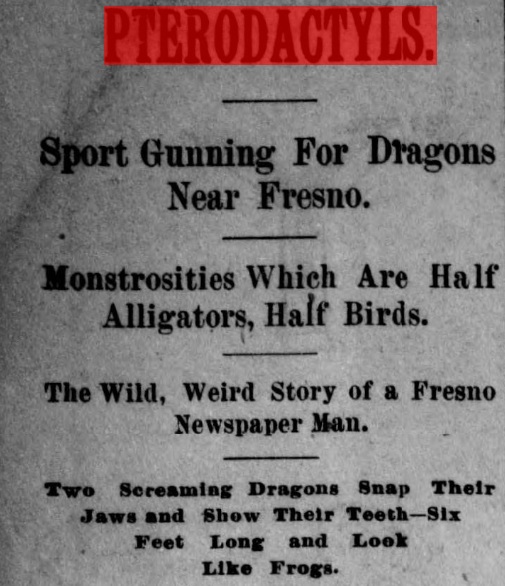
A newspaper headline in an 1891 issue of a California paper includes the humorous “Sport Gunning for Dragons Near Fresno.” Highlighted in red from an online search is “pterodactyls” (the original newspaper itself had no color).
I believe “six feet long” refers to the jaw, not the teeth, but let’s get into the article itself. The first paragraph is mostly poking fun at the original report, for one or more other newspapers covered this story before it got into the Los Angeles Herald. We can be sure of this: If there were any hoax, it was not in the L. A. Herald article, which treats the story humorously and implies that it’s either inaccurate or untruthful.
Paragraph Two (from Fresno to the San Francisco Chronicle)
FRESNO, July 31.—The report that two strange dragons with wings have recently appeared in the swamps east of Selma was at first regarded by many as a sensational story without foundation in fact, but after different persons at different places had claimed to have seen the strange creatures it began to be thought worth investigating.
Imagine the reporter sitting at his typewriter in Fresno, typing with his fingers while using the above paragraph to cover his rear. If he had jumped into the story with flying dragons, he would have been severely spanked.
Paragraph Four (in part)
The men who live along the swales and sand hollows east and southeast of Selma on the evening of July 13th heard strange sounds . . . after dark, like the rushing of wings when some large bird passes swiftly through the air overhead . . . on that evening nothing was seen. . . .
In the above paragraph, we’re into unusual sounds but nothing shocking.
Paragraph Five
On Monday night, July 21st, Harvey Lemmon and Major Henry Haight were out looking after their hogs that feed in the tules. As the men were returning to Selma they were surprised to hear a strange, strangling noise in the deep swale under the bridge. In a moment there was a heavy flapping of wings and the two monsters rose slowly from the water and flew so near the men that the wind from their wings was plainly felt.
We can hardly blame the reporter for shocking us with the above report, for the two men are called by their full names, making this less likely to be a hoax from the imagination of that reporter in Fresno. . . . or is it? Let’s dig deeper.
At least two men by the name of “Henry Haight” lived in California in the nineteenth century (one of them a California governor), from what I gather, but both had passed away by the time of this “dragon” sighting in 1891. I found another Henry Haight, possibly a Californian, but he lived in the 1950’s, an unlikely candidate to be called “Major” in 1891. It seems this name is not very rare—there could have been such a man—but I failed to find him through my brief online search, except regarding this “dragon” story. Nothing that I found clearly shows that a person with that name was in that area at the general time of that sighting, other than by the 1891 newspaper accounts.
From a brief online search, I found a Californian Harvey Lemmon (or “Lemon”), but he lived in the mid-twentieth century, decades after the sighting report. Again, nothing clearly and independently shows that a person with that name was in that area at around 1891.
That lack of evidence for the existence of those two men does not mean much: Most hog owners fail to make enough impact on history to get their names eventually published online.
So what is the decision? Is this report of huge dragons in California a hoax? This secondary newspaper article may be insufficient to prove or disprove much about the original report, but it shows that modern sightings of pterosaurs in California are not necessarily from any recent arrivals of huge featherless flying creatures. Reports go back many decades in California.
How did a Dragon get to Lakewood?
How did that “dragon” get into that respectable residential neighborhood of Lakewood, California? Few cities in Southern California have a better reputation as a peaceful place for families to live and for children to play. It now appears that Lakewood is no longer so safe for small pets, at least in those backyards bordered by a storm channel.
Sighting in Southern California
I interviewed the two eyewitnesses separately, by phone, on Sep 23rd (soon after their sighting). Both of them told me that the creature they saw flying about 300 feet above them, at about 10:30 p.m. in the San Fernando Valley, was too big to be a bird.



